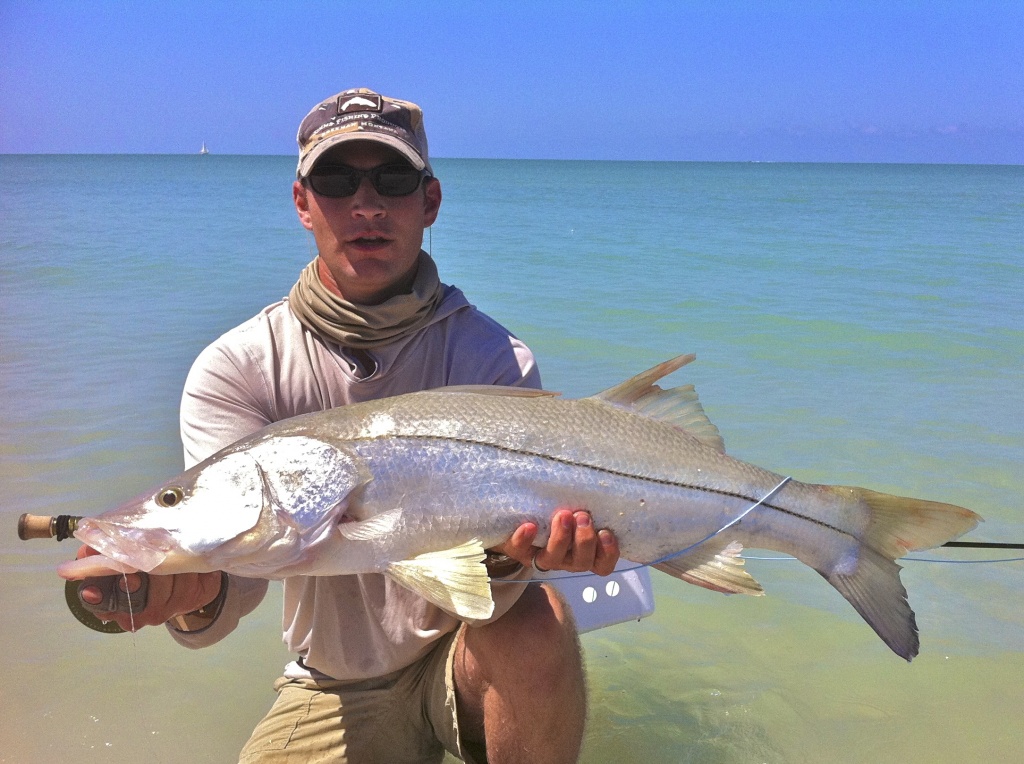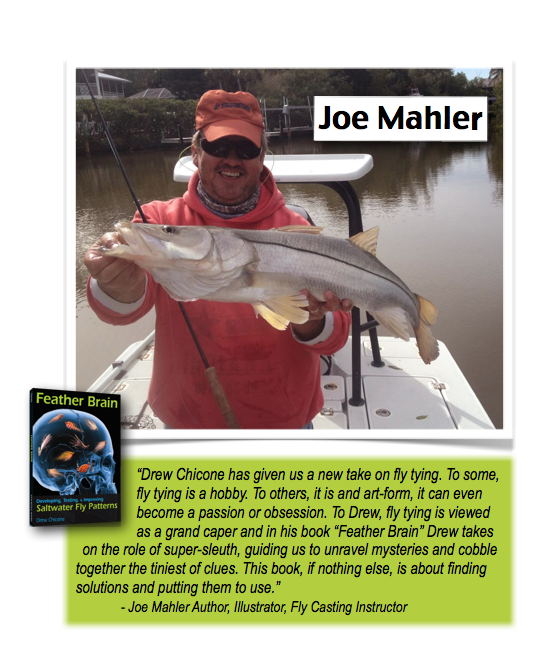The most fundamental components of a fly, like the hook or the thread, often play the most significant role in determining its ability to catch fish. Overlooking or underestimating the importance of selecting these basic items may not be aesthetically critical, but all it takes is one missed opportunity or losing the fish of a lifetime and you may change your mind.
This is the forth installment of Feather Brain by Drew Chicone. To read more about Overlooked Aspects of Fly Design,Visit my website Salty Fly Tying to order your signed copy of Feather Brain today! $24.95 + Shipping
Materials that are bulky and do not compress well, like foam or deer hair, have a tendency to take up more of the gap space, so it is important to choose a hook with a wider gap when you are using these types of materials. If you do not have enough of the hook gap open, the fish will strike the fly and you will not be able to set the hook, or even worse you will hook just enough to keep them on for a minute or so until they come unbuttoned.
Over the next few months I will give you the basics on designing your own patterns, tying with saltwater materials, and fixing typical problems. I will also discuss my process for Developing, Testing, and Improving Saltwater Fly Patterns . As always, you can stay tuned to this blog each week as I share pieces from my book, but for the complete 176 page paperback copy of Feather Brain with step-by-step tying instructions and explanations of how I designed my 14 winning saltwater flies, and insights from nine top saltwater fly tiers, including Bob Clouser, Jonny King, Bob Popovics, and Chris Helm and many more.
Here’s what the pro’s are saying about Feather Brain:



